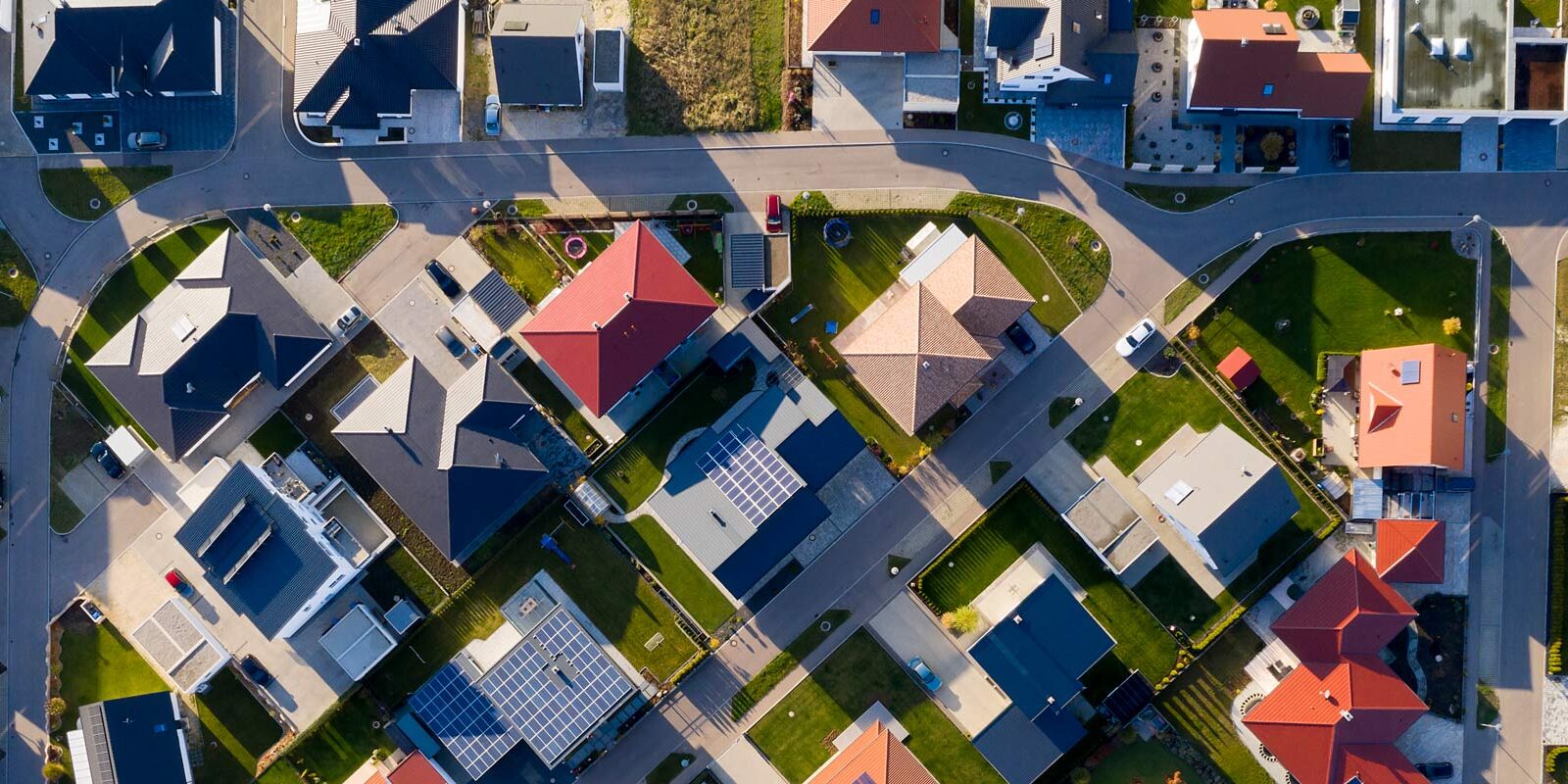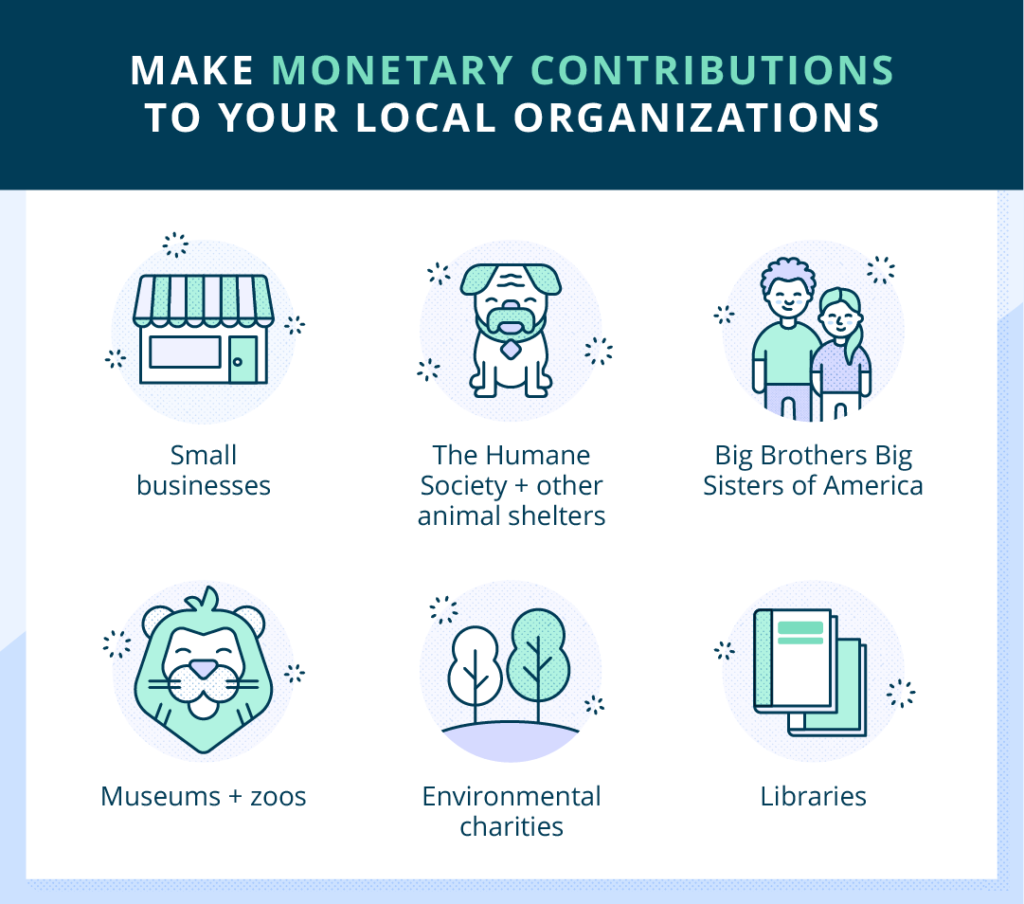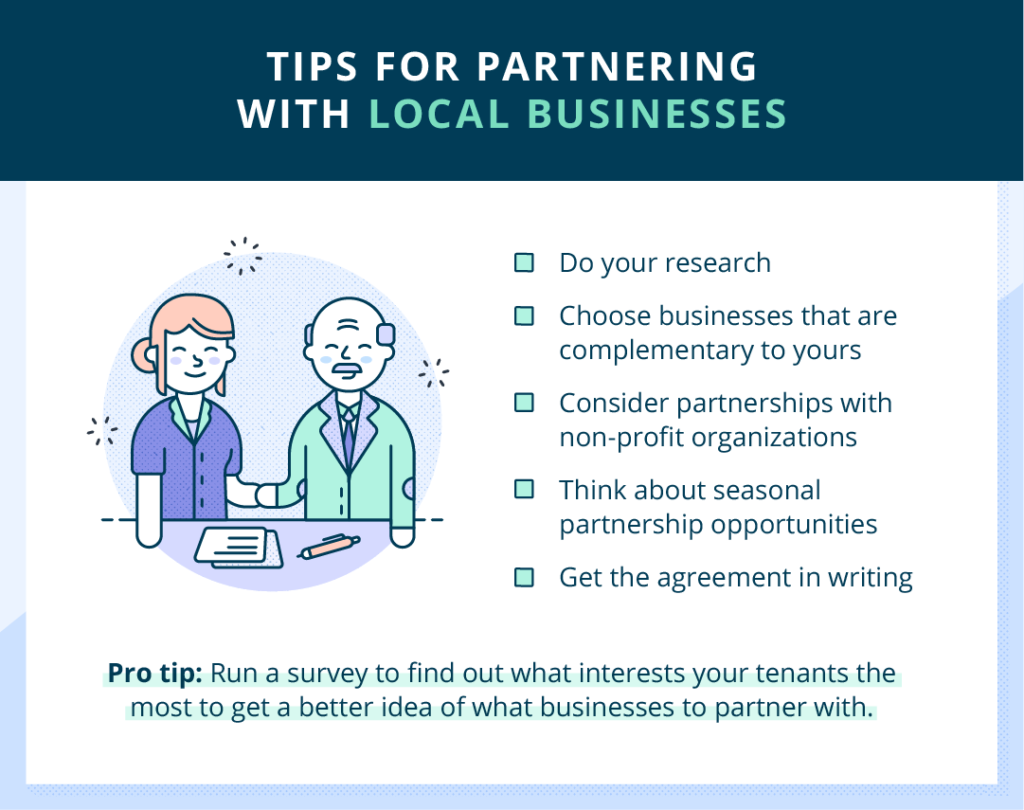12 min read
Beyond Traditional Loans: 14 Creative Financing Options for Real Estate Investing
Creative financing can offer real estate investors options beyond traditional lending from banks. If you have less-than-ideal credit or lack a sizeable...

You’ve probably heard that investing in national and international organizations is a positive thing to do, but it’s not always easy — especially when you see so much need in your local community. The good news is that there are many opportunities for you to make a difference in your own small section of the world, especially as a landlord.
You may have considered community investing before but shied away because you were unsure how to do it. This guide goes through several ways you can reinvest your rental earnings into your community. It’s up to you to decide how much you can afford and are willing to invest, but keep in mind that a little goes a long way — and the better community you help create, the more people want to live there.
Similar to investing in any other organization, community investing is the act of contributing to a cause with the hope of gaining a return. The difference then is the type of organization you invest in. Rather than nationwide corporate businesses, you take your rental earnings and contribute to a local program or organization instead.
As a landlord, the return you likely hope to receive can be a larger number of applicants for your property or increased property value. Other times you may find the return on investment in more obscure ways. Happier renters (which can attract more potential occupants) or renters that are better able to pay rent — something you might find by implementing a community garden — are a few.
Community investing looks different for everyone, and you can do it in various ways. Whether you decide to partner with a small business, purchase real estate for low-income areas, or update your property amenities, you can improve the community and attract more people to the area and your rental properties. Here are some ways to get started.
Whether your contributions are large or small, made every month or sporadically, they will be welcomed. By doing this, you help build up the organization and allow them to continue serving the community.
There’s no end to the number of local charities, businesses, and non-profits that could use your financial contributions. Browse online or visit your local organizations in person to see what you can do to help.

The goal of a walking audit is to assess pedestrian safety and comfort in certain areas of the community. These are most effective when those participating are of different ages and abilities. Those living with disabilities may catch different things that need improvement compared to those without disabilities.
Setting up a walk audit can be done by anyone in the community. By taking the initiative as a landlord, you can show your tenants the interest you have in keeping them safe. Consider bringing along a camera and measuring tape, inviting local leaders, and keeping the walk relatively short. Take note of anything unsafe and provide ideas to fix it or talk with the city if it’s part of their jurisdiction.
If you’re unsure where to start, or what specific things to look for on your walk audit, look through AARP’s Walk Audit Tool Kit to get a better idea.
A community garden is a designated plot of land where people gather to grow veggies and other plants. With the rise of townhomes, condos, and apartments, many people have little to no space to grow their own gardens. A community garden provides space for tenants to foster relationships and grow food.
Not only does providing a community garden offer some food assistance, but gardening has also been proven to boost mental health. Tenants with good mental health can better pay their bills on time, are kinder to their neighbors, and are more likely to care for the rental unit they live in.
Having a community garden is also one way to show up in your community and get to know your tenants and their needs better. Spending some time working in the garden and talking with members of your community is a great opportunity to find out what your renters feel could be improved on the property and in the community.
Occasionally, a charity or non-profit will create a community bond. The money from this bond typically goes towards funding an improvement project in the area and anyone in the community can choose to contribute. Both parties benefit from community bonds as the issuing organization receives the necessary capital to execute its ideas, while contributing community members earn interest on the money loaned.
Because the purpose for each bond is different, you as a landlord have the freedom to invest in the projects and organizations you believe in. Look online or talk with other investors in your community to learn about the different bonds you can contribute to.
Partnership opportunities are mutually beneficial to you and the business you partner with, while also benefiting your tenants. One example of this is by giving tenants gift certificates to a local restaurant or business. This is a great way to give back to the businesses that have been hit hard during the COVID-19 pandemic; you’ll also give your tenants another reason to enjoy living in your community.
There are many other ways to partner with local businesses as well. Hosting an open house, using a partner’s products as appreciation gifts around the holidays, or offering incentives to your tenants for shopping at local businesses are just a few ideas. If you’re still unsure what you would like to do, talk with different organizations in your area to see if they have any ideas to bring to the table.
If you’re a remote landlord or are just unsure what partnerships would be most beneficial, consider talking with your residents or requesting they fill out a survey so you have a better idea of their wants and needs. This can help you decide what types of partnerships will interest your tenants the most.

Despite the many opportunities out there to invest in higher-tier neighborhoods and communities, purchasing real estate in lower-income areas can make a big difference. You have the opportunity to buy real estate with the intent of assisting the community.
This can prove difficult when the sign of a successful business is to have more revenue than expenses, and you can only price each property so low. But because the government understands this, federal programs have been enacted to entice real estate investors, landlords, and the like to invest in affordable housing.
The Department of Housing and Urban Development (HUD) funds one such program, which provides grants and other assistance for property owners wanting to provide low-income housing. Another reason to consider this, there are specific tax credits for having a portion of your owned property used for affordable housing.
Safe, happy tenants and communities are more likely to attract the same type of people, making your job a little easier. By showing tenants you want to create a peaceful place for them, you’ll create a community that renters want to remain in and others will want to move to. This commonly results in a reduced turnover and more renters that are more willing to communicate with you because they trust you.
Over time, property amenities and features become outdated and less appealing to renters. It can be time-consuming to go through each unit and determine when certain things need replacing or updating. Keeping a working inventory of large assets in your units or on your property can alleviate a bit of hassle when figuring out what needs to be updated and when.
You might also consider updating your rental properties to appeal more to senior renters and renters with disabilities. Incorporating features that comply with ADA guidelines or making your rentals age-in-place-friendly will help tenants with varying needs and abilities feel more comfortable and safe.
Other times, updating your amenities can mean adding a pool, investing in a faster internet service, or creating in-unit washer and dryer setups. Renovating your rental properties or adding certain amenities can take time and a good chunk of change, so do your research to know what your renters want and will utilize the most. Doing this will ensure a positive return on investment.
Community development banks and credit unions serve low-income community residents that don’t have access to other financial institutions. These institutions focus on helping community members become financially literate and create realistic goals for saving money. They also assist members of the community in obtaining loans, while focusing less on their credit scores than other financial institutions.
By leaving your earnings in a community development bank, you provide the necessary capital for the bank to support low-income community initiatives and help residents get loans.
You may know a few of your youth tenants on sports teams, opening up the chance for you to micro-sponsor their team or them individually. Your sponsorship can go to different things like equipment, food for away games, etc. Occasionally, teams will even have a banner that they include their sponsors on, acting as advertising for you.
You can also sponsor the youth in your community by contributing to their school programs. Featuring youths that are making a difference on your social media channels is also a possibility — something that can help other members of your community become aware of how they can contribute. If you choose to do this, be sure to receive written permission from a legal guardian first.
Reinvesting your rental earnings into your community brings a lot of rewards. It can help small businesses in your area keep running, assist youth in becoming positive contributors to society, and provide resources for your renters.
The point of investing is to eventually gain a return of some kind, and when you reinvest in your community, you essentially build it up and help it grow. When the community grows and people hear that it’s a great place to live, they’ll come flocking. To help bring more people into your community that will continue to help it flourish, use out our rental application and tenant screening software to ensure you find the best tenants.
12 min read
Creative financing can offer real estate investors options beyond traditional lending from banks. If you have less-than-ideal credit or lack a sizeable...
11 min read
If you came here wondering how to write a lease agreement, look no further. Creating iron-clad rental contracts is essential for protecting the rights...
10 min read
Between the risks of running a business, a volatile and ever-changing real estate market, and the sometimes fickle attitudes of the renting...
Join the 700,000+ independent landlords who rely on TurboTenant to create welcoming rental experiences.
No tricks or trials to worry about. So what’s the harm? Try it today!
TurboTenant, Inc., © 2025
Created in Sunny Colorado